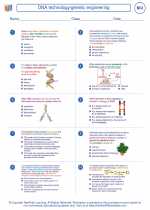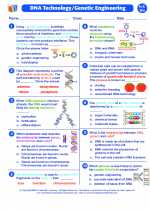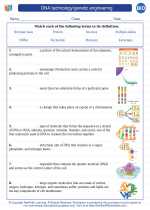Planet
A planet is a celestial body that orbits a star, is spherical in shape, and has cleared its neighboring region of other objects. In our solar system, there are eight recognized planets: Mercury, Venus, Earth, Mars, Jupiter, Saturn, Uranus, and Neptune.
Characteristics of Planets
- Orbit: Planets orbit a star, such as our sun.
- Spherical Shape: Due to their gravitational forces, planets are mostly spherical in shape.
- Cleared Orbit: Planets have cleared their orbital path of other debris and objects.
- Not a Star: Planets do not have the mass required to undergo nuclear fusion and become a star.
Planetary Motion
Planets move in their orbits around the sun, following elliptical paths. This movement is governed by gravitational forces and the laws of motion described by Isaac Newton.
Internal Structure of Planets
Planets can have different layers, including a core, mantle, and crust. For example, Earth has a solid inner core, liquid outer core, mantle, and crust. The composition and characteristics of these layers vary depending on the planet.
Planetary Exploration
Humans have sent spacecraft to explore and study planets within our solar system. These missions have provided valuable data and insights into the characteristics and conditions of other planets.
Study Guide
When studying planets, it is important to understand their characteristics, motion, internal structure, and the methods used for planetary exploration. Key topics to focus on include:
- Definition of a planet and the criteria for planetary classification
- Names and characteristics of the planets in our solar system
- Orbital motion of planets and the laws governing planetary motion
- Internal structure and composition of planets
- Significant planetary exploration missions and their findings
Understanding these concepts will provide a comprehensive understanding of planets and their role in our solar system.
.◂Biology Worksheets and Study Guides High School. DNA technology/genetic engineering

 Worksheet/Answer key
Worksheet/Answer key
 Worksheet/Answer key
Worksheet/Answer key
 Worksheet/Answer key
Worksheet/Answer key
 Vocabulary/Answer key
Vocabulary/Answer key
 Vocabulary/Answer key
Vocabulary/Answer key
 Vocabulary/Answer key
Vocabulary/Answer key
